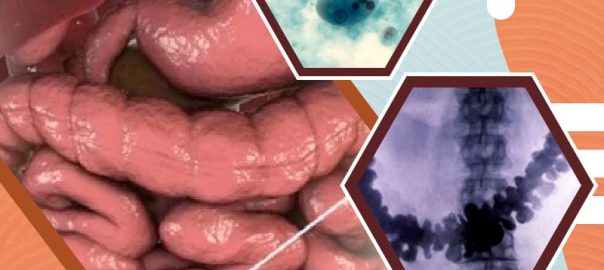Amebiasis is an infection of the intestines that is caused by the microscopic parasite E. histolytica. E. histolytica is a single-celled protozoan that usually enters the human body when a person ingests cysts through food or water. It can also enter the body through direct contact with fecal matter.
The cysts are a comparatively inactive form of the parasite that lives for several months in an environment where they were deposited in feces. The microscopic cysts are present in fertilizer, soil, or water that’s been contaminated with infected feces. Food handlers may spread the cysts while handling or preparing food. Transmission is also possible during oral-anal sex, anal sex, and colonic irrigation.
An amoeba is a name given to any single-celled microscopic animal with a jelly-like consistency and a constantly changing shape. Amoebae are found in soil, water, and other damp environments. They move and feed using flowing extensions of their body. Amoebae are types of protozoa. Protozoa is a more general name for microscopic, single-celled organisms. Some protozoa, including E. histolytica, are important parasites of humans.
What are the symptoms of Amebiasis?
- Loss of appetite
- Fever
- Cramping
- Nausea
- Diarrhea which may be bloody
- Stomach pain

Risk Factors of Amebiasis
People with the greatest risk for amebiasis include:
- Who has traveled to tropical locations where there’s underdeveloped sanitation
- Who live in institutions with underdeveloped sanitary conditions, such as prisons
- Who has sex with other men
- With suppressed immune systems and other health conditions
- Immigrants from tropical countries with underdeveloped sanitary conditions
Diagnosis for Amebiasis
Your physician will ask you to submit stool samples. You may be asked to submit several stool samples from several different days because E. histolytica is not always found in every stool sample.
Diagnosis of Amebiasis can be very difficult. One problem is that other parasites and cells can look very similar to E. histolytica when seen under a microscope. Sometimes people are told that they are infected with E. histolytica even though they are not.

Treatment for Amebiasis
The treatment generally consists of the following:
- If you do not have symptoms, you may be treated with antibiotics.
- Your doctor may prescribe medication to control nausea if you need it.
- If the parasite is present in your intestinal tissues, the treatment must address the organism as well as any damage to your infected organs.
- Surgery may be needed if the colon or peritoneal tissues have perforations.
Medication for Amebiasis
- If you have symptoms, you’ll follow a 10-day course of the antiamoebic drug Metronidazole (Flagyl) that you’ll take as a capsule, followed by an antibiotic such as Diloxanide Furoate or Paromomycin.
- Diloxanide Furoate is commonly used for this condition. Treatment is recommended because you can still pass on the infection to others even if you have no symptoms. The amoebae will still pass out in your stools. Also, you may still develop symptoms at a later stage. The treatment of symptomatic Amebiasis then depends on your symptoms.





